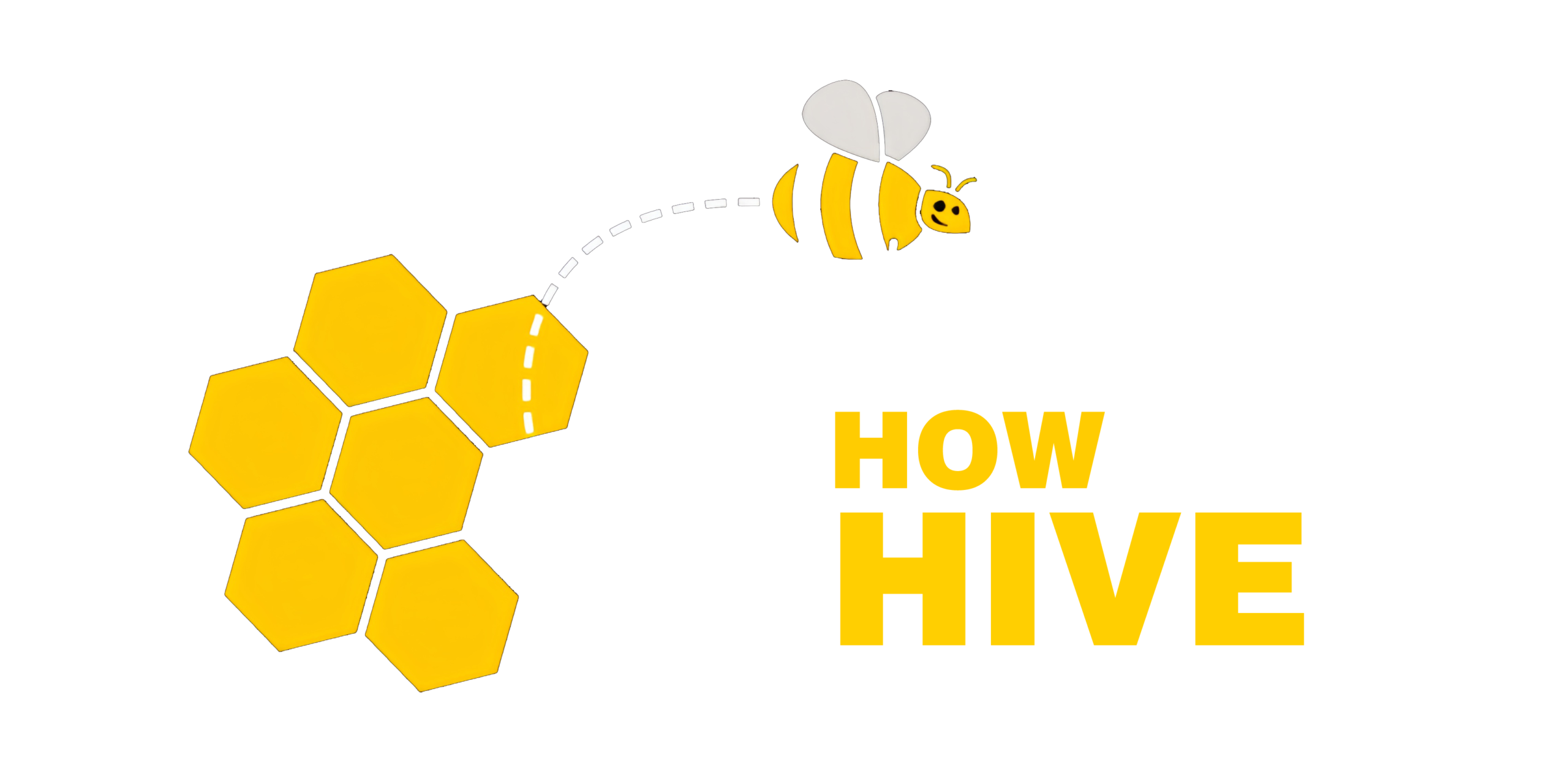Creating fun science projects using recycled materials is a brilliant way to educate kids and adults about sustainability while sparking curiosity and creativity. Whether you’re a teacher, parent, or student, these hands-on experiments are perfect for learning the basics of science using everyday items that might otherwise be discarded.
Why Use Recycled Materials for Science Projects?
Using recycled materials makes science accessible and environmentally friendly. Here are some benefits:
- Cost-effective: No need to purchase expensive kits or tools.
- Eco-conscious: Promotes environmental awareness and reduces waste.
- Creativity-driven: Encourages thinking outside the box.
- Easy to find: Most materials are already available at home.
Materials Commonly Used
Before diving into the projects, here are some common items you can collect:
- Plastic bottles and caps
- Cardboard boxes and tubes
- Egg cartons
- Old CDs
- Aluminum cans
- Paper and newspapers
- String, rubber bands, and cloth scraps
Project 1: Balloon-Powered Car
Materials Needed:
- Plastic bottle
- Straws
- Bottle caps (4)
- Wooden skewers
- Balloon
- Tape and scissors
Steps:
- Cut holes on both sides of the bottle to insert the axles (skewers).
- Attach the bottle caps to each end of the skewers to serve as wheels.
- Insert a straw through the bottle cap and attach a balloon to it.
- Secure everything with tape.
- Blow up the balloon and let go. Watch the car zoom!
Project 2: Homemade Lava Lamp
Materials Needed:
- Clear plastic bottle
- Vegetable oil
- Water
- Food coloring
- Alka-Seltzer tablet
Steps:
- Fill the bottle 3/4 with oil and the rest with water.
- Add a few drops of food coloring.
- Drop in an Alka-Seltzer tablet and watch the reaction.
Project 3: Solar Oven from Pizza Box
Materials Needed:
- Empty pizza box
- Aluminum foil
- Clear plastic wrap
- Black construction paper
- Tape and scissors
- Ruler and marker
Steps:
- Cut a flap in the lid of the pizza box.
- Cover the inside with foil.
- Line the bottom with black paper.
- Seal the opening with plastic wrap.
- Place a s’more inside and let the sun do the cooking!
Project 4: Water Filtration System
Materials Needed:
- Plastic bottle
- Gravel, sand, and activated charcoal
- Coffee filter or cloth
- Dirty water
Steps:
- Cut the bottle in half.
- Invert the top half and place it into the bottom half.
- Layer coffee filter, charcoal, sand, and gravel.
- Pour dirty water on top and observe as it filters through.
Project 5: Wind Turbine Model
Materials Needed:
- Cardboard
- Pencil with eraser
- Push pin
- Straw
- Paper
- Tape and scissors
Steps:
- Cut blades out of paper or cardboard.
- Attach to the pencil with a push pin.
- Mount the pencil in a base (like a clay blob).
- Blow wind or place near a fan to see it spin.

Educational Value
These projects are more than just fun—they teach:
- Newton’s laws of motion (Balloon car)
- Chemical reactions (Lava lamp)
- Renewable energy (Solar oven and wind turbine)
- Filtration and clean water concepts (Water filter)
Safety Tips
- Always supervise kids during experiments.
- Use child-safe scissors.
- Handle hot objects (like the solar oven) with care.
Need crafting supplies like glue or charcoal? Visit Michaels Craft Store for affordable options.
Love eco-friendly crafts? Check out our guide on DIY Candle Holders with Recycled Glass.
Conclusion: Science, Sustainability, and Smiles
Fun science projects using recycled materials are an excellent way to combine learning with environmental responsibility. With just a few household items, you can explore exciting scientific concepts and inspire young minds to think critically and creatively.
Save this guide for your next science day—or share it with a teacher or parent who’d love it!
FAQ: Fun Science Projects Using Recycled Materials
Q1: Are these projects suitable for classrooms? Yes. These activities are perfect for group learning and can be adapted for different age levels.
Q2: Can I reuse the same materials multiple times? Some parts, like bottles or containers, can be reused, but others may need replacement depending on wear and tear.
Q3: What if I don’t have one of the items? You can usually substitute materials. For example, use a juice box instead of a plastic bottle.
Written by Kate Smith | Plant Care Enthusiast & Urban Gardener
